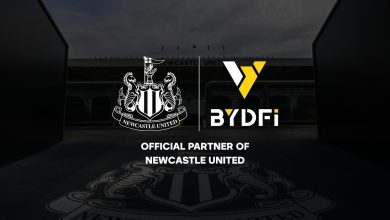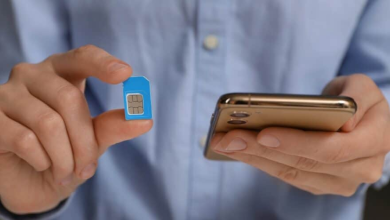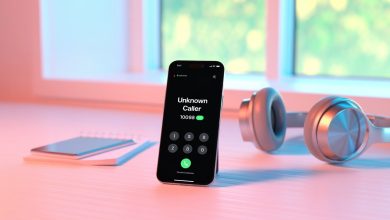Court Resurfacing vs. Overlay: Which Solution Extends Surface Life?

Over time, every tennis, pickleball, and multi-sport court begins to show visible signs of wear cracks, fading, uneven patches, and poor ball bounce. When this happens, owners typically face a crucial decision: Should you resurface the court or choose an overlay?
The answer depends on the condition of your base surface, climate, budget, and long-term maintenance goals. For court owners across Maine, Pine State Courts is a trusted name in evaluating court surfaces and recommending the solution that ensures the longest possible lifespan.
1. What Is Court Resurfacing?
Court resurfacing involves repairing the existing court and applying new acrylic layers to restore performance, traction, and appearance. It’s suitable when the base structure is still solid.
Resurfacing includes:
- Cleaning and prepping the existing surface
- Crack repair & patching
- Leveling low spots
- Applying resurfacer
- Adding 2–3 acrylic color coats
- Re-striping the lines
This is the traditional method for tennis court resurfacing and is generally best for courts with light to moderate wear.
Pine State Courts uses high-quality acrylic systems designed to withstand New England weather, providing excellent surface grip and consistent bounce.
2. What Is an Overlay?
A court overlay involves installing a new layer usually asphalt, concrete, or modular tile—over the existing surface. It’s a more structural solution compared to resurfacing.
Choose an overlay if your court has:
- Deep or structural cracks
- Major drainage issues
- Foundation movement
- Uneven settling or severe depressions
An overlay provides a 10–20 year lifespan, making it ideal for courts that are too damaged for resurfacing alone.
Pine State Courts frequently installs asphalt overlays, post-tension concrete layers, and cushioned athletic systems depending on the court type and performance needs.
3. How Pine State Courts Determines the Right Solution
Courts across Maine face unique challenges harsh winters, freeze–thaw cycles, and moisture accumulation that can cause surface instability. Because of these variables, Pine State Courts conducts a detailed evaluation of:
- Crack movement
- Base condition
- Surface slope & drainage
- Acrylic layer wear
- Ball bounce consistency
- Structural stability
This ensures owners don’t overspend on an overlay when resurfacing is enough or resurface a court that actually needs structural reinforcement.
4. Tennis Court Resurfacing Materials Pine State Courts Uses
Many owners searching for “tennis court resurfacing materials” want to understand what’s going on their court. Pine State Courts uses premium materials such as:
- Acrylic resurfacer (foundation coat)
- Acrylic color coatings
- Non-slip silica sand blend
- Cushion layers (optional)
- Professional-grade line marking paint
These systems are UV-stable, weather-resistant, and optimized for outdoor sports performance.
5. Lifespan Comparison: Resurfacing vs. Overlay
✔ Resurfacing lifespan: 4–8 years
Great for restoring aesthetics and performance when the base is in good condition.
✔ Overlay lifespan: 10–20 years
Recommended for structurally compromised courts needing long-term stability.
Pine State Courts always prioritizes the most cost-efficient option based on the court’s age, condition, and expected usage.
6. Which Option Extends Surface Life More?
- Resurfacing extends surface life for well-maintained courts
- Overlay offers the longest extension, particularly on structurally damaged courts
Ultimately, your court’s foundation dictates the best choice. A professional inspection ensures you’re not investing in the wrong solution.
7. When Resurfacing Isn’t Enough
If your court has:
- Large cracks that expand annually
- Frost heave damage
- Water pooling
- Loose or crumbling areas
Resurfacing will not last. Pine State Courts often sees resurfacing fail prematurely when the base structure is unstable. In these cases, overlaying is the only solution that prevents the same problems from reappearing.
Internal Links (added naturally)
Here’s where you can place internal links in your guest post version:
- Learn how the right court dimensions impact performance
- Explore how professional court design enhances durability
- See all court surfacing and construction services by Pine State Courts
(You can swap anchors depending on the host blog.)
Call-to-Action (Soft, Editorial Style)
If you’re unsure whether your court needs resurfacing or a complete overlay, Pine State Courts provides expert evaluations and tailored recommendations based on your court’s condition and your long-term goals.
➡️ Schedule a court assessment with Pine State Courts to determine the best way to extend your court’s surface life.



